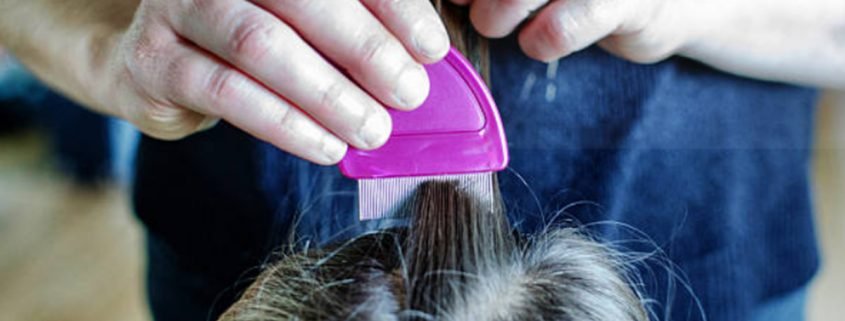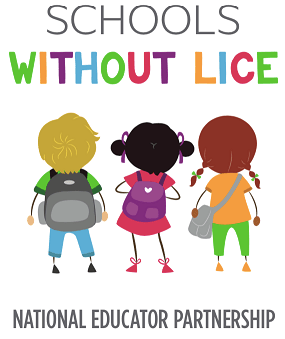Can Lice Jump?
The epidemiology of lice, specifically head lice (Pediculus humanus capitis), revolves around their prevalence, risk factors, and patterns of transmission. Lice infestations are most commonly observed in children aged 3 to 11 years, particularly those attending schools or childcare facilities. The close proximity and frequent head-to-head contact in these environments facilitate lice transmission. Additionally, factors such as overcrowded living conditions, poor hygiene practices, and sharing of personal items increase the risk of infestation. Lice infestations can occur year-round, with peaks during warmer months. Although lice infestations can affect people from all socioeconomic backgrounds, they are more prevalent in lower-income communities. Understanding the epidemiology of lice is vital for implementing effective prevention strategies, educational campaigns, and targeted interventions to reduce the burden of lice infestations in communities. As we navigate the world of lice, it is also essential to dispel misconceptions and gain a deeper understanding of their behavior. One prevailing myth surrounding lice is their ability to jump. In this blog, we will delve into the truth behind this belief, exploring the nature of lice and their modes of transmission.
Understanding Lice Behavior
Lice are tiny parasitic insects that primarily infect the scalp and hair. There are three main types of lice that affect humans: head lice (Pediculus humanus capitis), body lice (Pediculus humanus corporis), and pubic lice (Pthirus pubis). While their preferred habitats may differ, they all rely on human blood for survival. Lice have specially adapted claws at the end of their legs that are designed for clinging onto hair shafts. They move by crawling and grasping onto individual strands of hair. Their flat body shape allows them to navigate through hair easily. However, lice lack the ability to jump or fly like fleas or certain other insects.
How Do Lice Spread?
Understanding how lice spread is crucial in preventing infestations. Lice are primarily transmitted through direct head-to-head contact. This often occurs in crowded environments such as schools, playgrounds, or households, where children or individuals come into close proximity to one another. Lice can transfer from one person to another when their heads touch, allowing the lice to crawl onto a new host. Contrary to popular belief, lice cannot jump or hop from one person to another. They do not possess the anatomical adaptations necessary for such movements. Therefore, casual encounters like passing someone in a hallway or sitting near an infested individual will not result in lice transmission.
Lice can also spread through the sharing of personal items. This includes combs, brushes, hats, hair accessories, and even clothing items like scarves or jackets. When lice or their eggs (nits) are present on these items, they can be transferred to a new host upon contact. It is important to note that lice are species-specific, meaning head lice will not infest other areas of the body or vice versa. While head lice predominantly affect the scalp, body lice infest clothing and bedding and only move to the body to feed. Pubic lice, as the name suggests, primarily infest the pubic area but can also affect other coarse body hair.
Debunking the Myth of Lice Jumping
Despite the scientific evidence debunking the notion of lice jumping, the misconception persists in many communities. This may be due to the rapid spread of lice infestations, leading people to believe that lice can jump from one person to another. Lice infestations can spread quickly within close-knit groups, such as families or classrooms, but this is primarily due to their ability to crawl and their preference for close contact. The close proximity of individuals in such environments provides ample opportunities for lice to transfer from one person to another, leading to a perceived “jumping” effect. Educating the public about lice behavior and dispelling myths is crucial in combating the stigma associated with lice infestations. By understanding that lice cannot jump or hop, we can focus on effective prevention and treatment strategies that address the basic modes of lice transmission.
Preventing and Treating Lice Infestations
To prevent lice infestations, educating individuals about transmission modes and promoting hygienic practices is important. Encouraging regular hair washing, avoiding head-to-head contact, and discouraging the sharing of personal items can significantly reduce the risk of lice infestations. In the event of a lice infestation, prompt and appropriate treatment is crucial. Over-the-counter lice treatments containing pediculicides can be effective in eliminating lice. However, it is essential to follow the instructions carefully and thoroughly comb out the lice and nits from the hair using a specialized lice comb. For severe infestations or cases that do not respond to over-the-counter treatments, seeking professional assistance from lice treatment centers like Fresh Heads Lice Removal can provide effective solutions. These centers offer specialized treatments, manual removal techniques, and guidance to ensure comprehensive lice removal and prevention of reinfestation.
Lice cannot jump or fly, but they can crawl and transfer from person to person through direct head-to-head contact. Debunking the myth of lice jumping is important in promoting accurate knowledge about lice behavior. By understanding the modes of transmission and implementing preventive measures, we can effectively reduce the incidence of lice infestations. Additionally, prompt and appropriate treatment, whether through over-the-counter products or professional assistance, is crucial in eradicating lice infestations and preventing their recurrence.
Who Can I Contact With Questions?
If you find yourself dealing with a lice infestation and are seeking professional assistance, Fresh Heads in Orlando, FL can provide valuable support. We are a reputable lice treatment center that follows science-based protocols to eliminate lice infestations effectively. Our trained professionals are well-versed in the latest research and techniques, ensuring a comprehensive and safe approach to lice removal. We also offer a range of services tailored to meet individual needs. Our treatments often involve a combination of manual removal techniques, such as thorough combing with specialized lice combs, along with the use of scientifically proven and safe products. By relying on our expertise, you can rest assured that you are receiving the most up-to-date and effective treatments available. Come visit one of our locations in Jacksonville, FL, Orlando, FL, or Savannah, GA to get rid of lice!
Schools Without Lice
At Fresh Heads Lice Removal, our mission is to get rid of lice in schools across the United States. We’ve partnered with the Lice Clinics of America to create the Schools Without Lice program. Through this program, we provide school nurses and teachers with free screenings, resources, and treatments. Together, we can have schools without lice!















